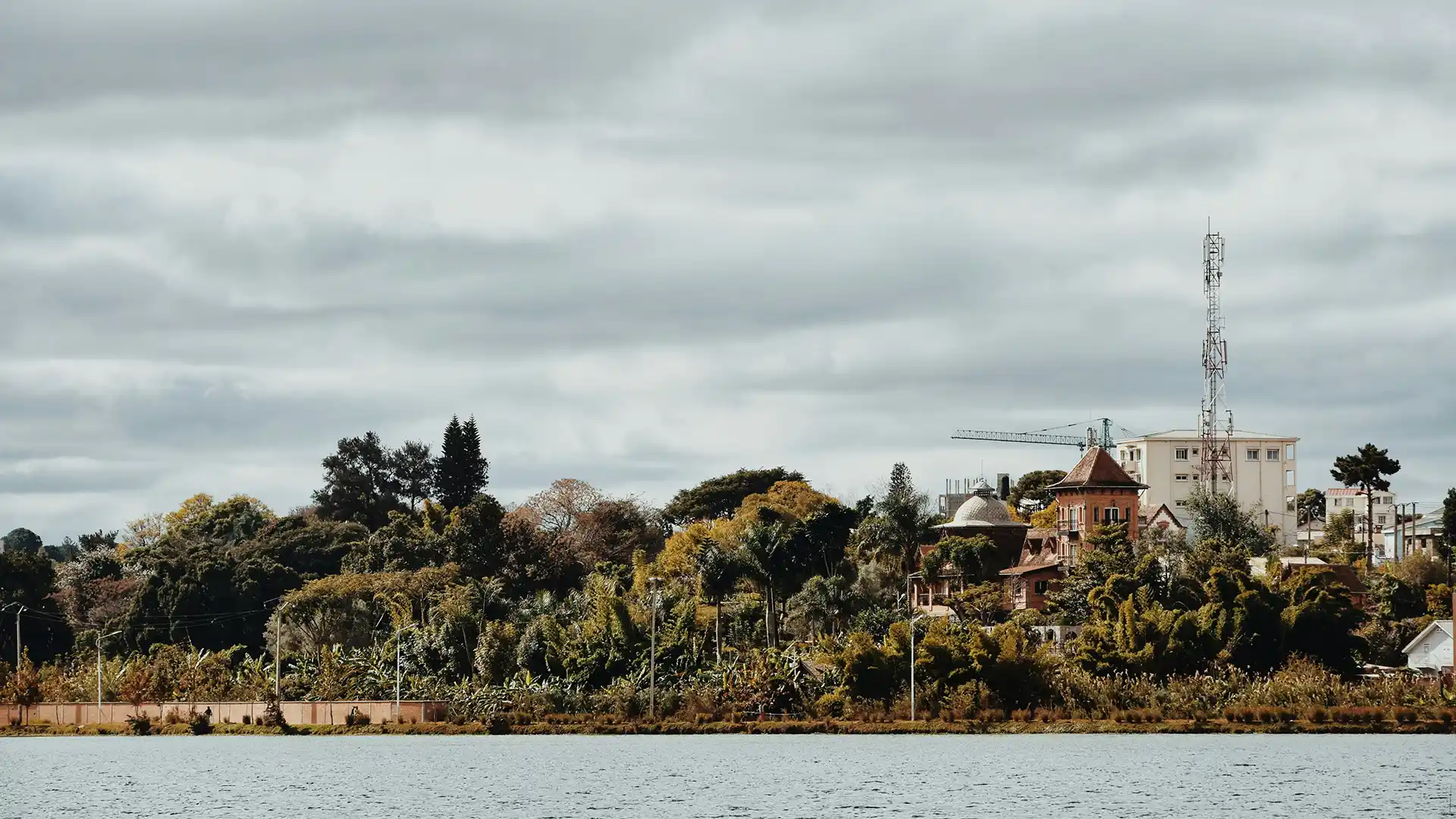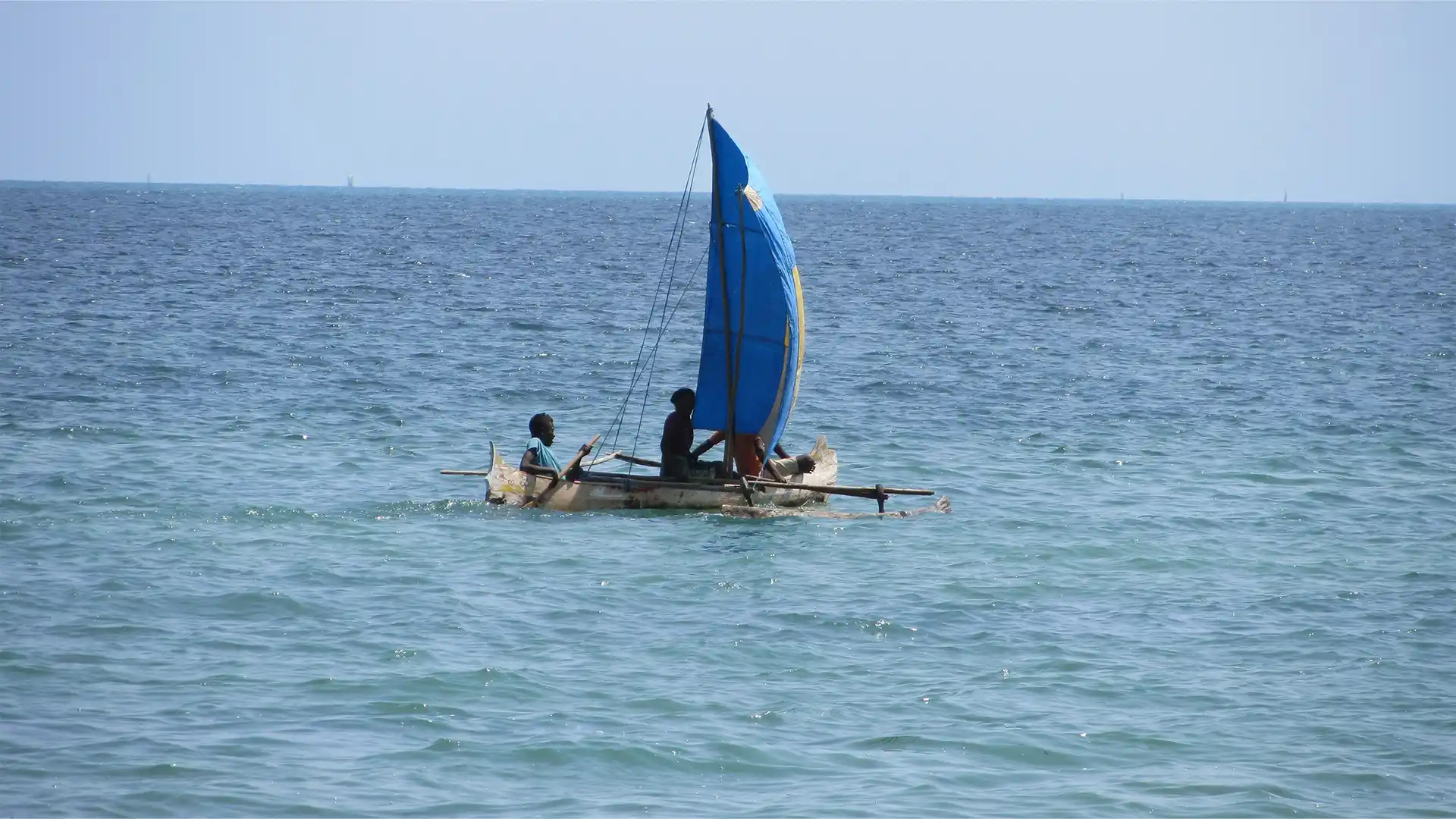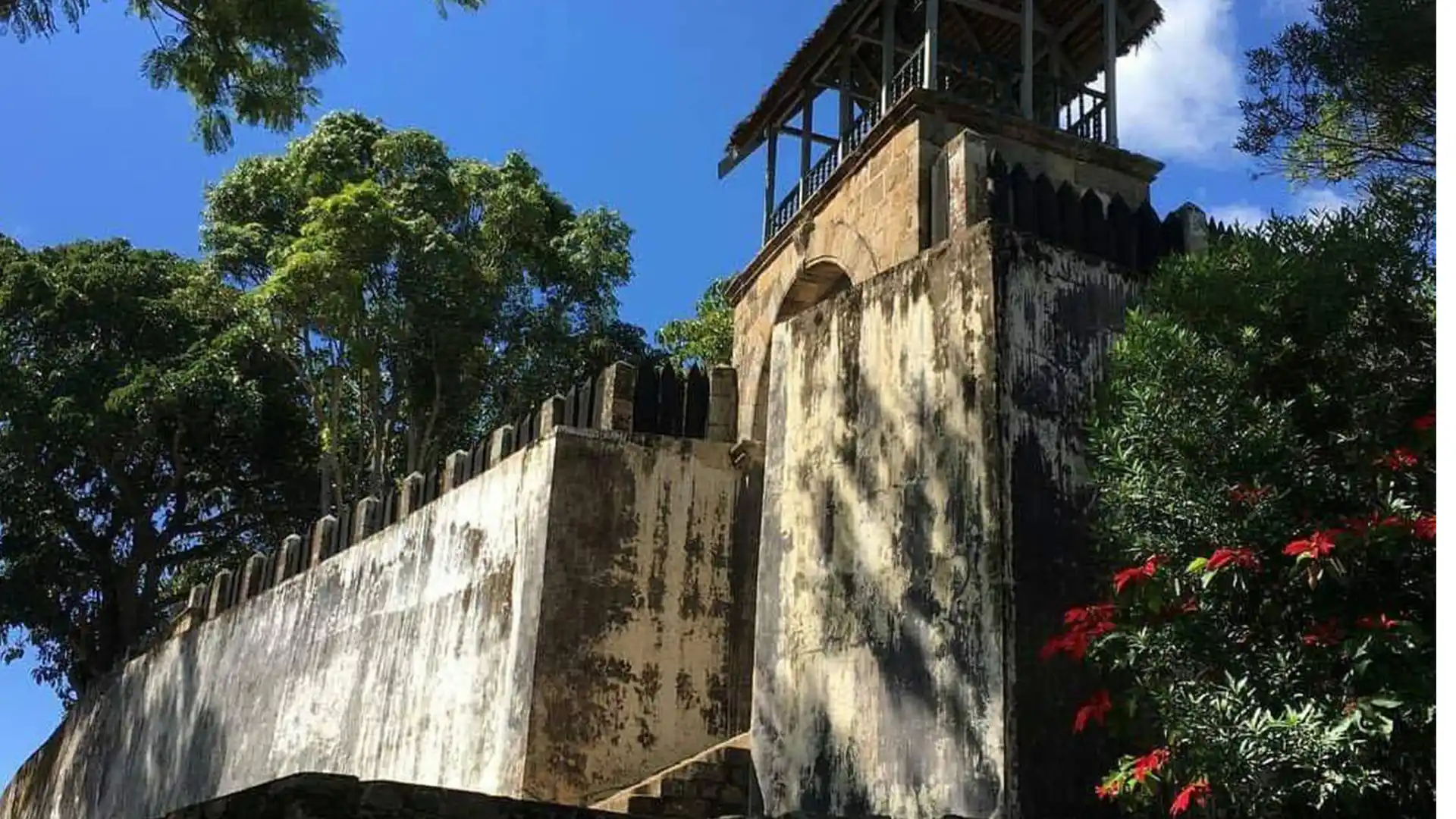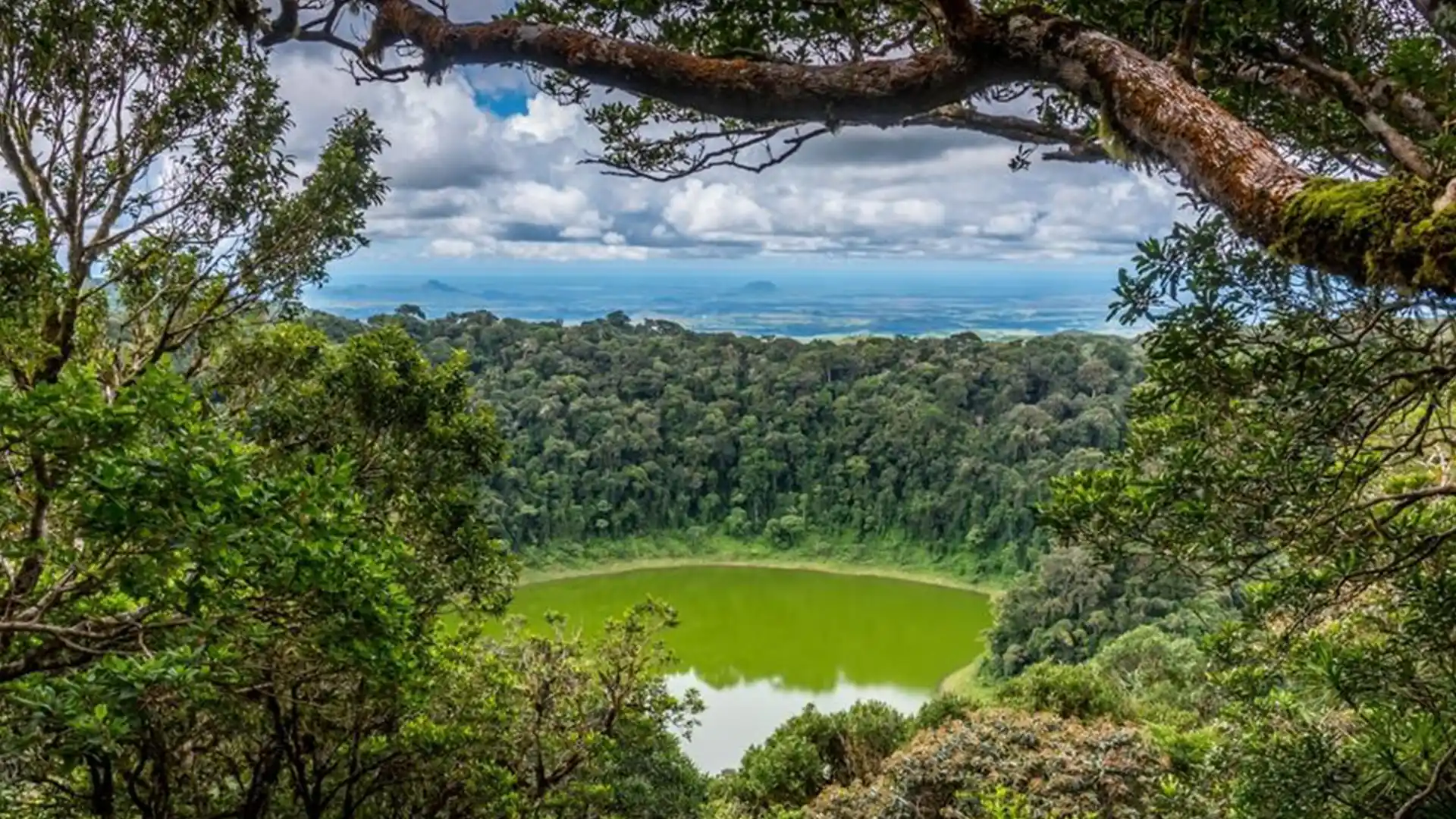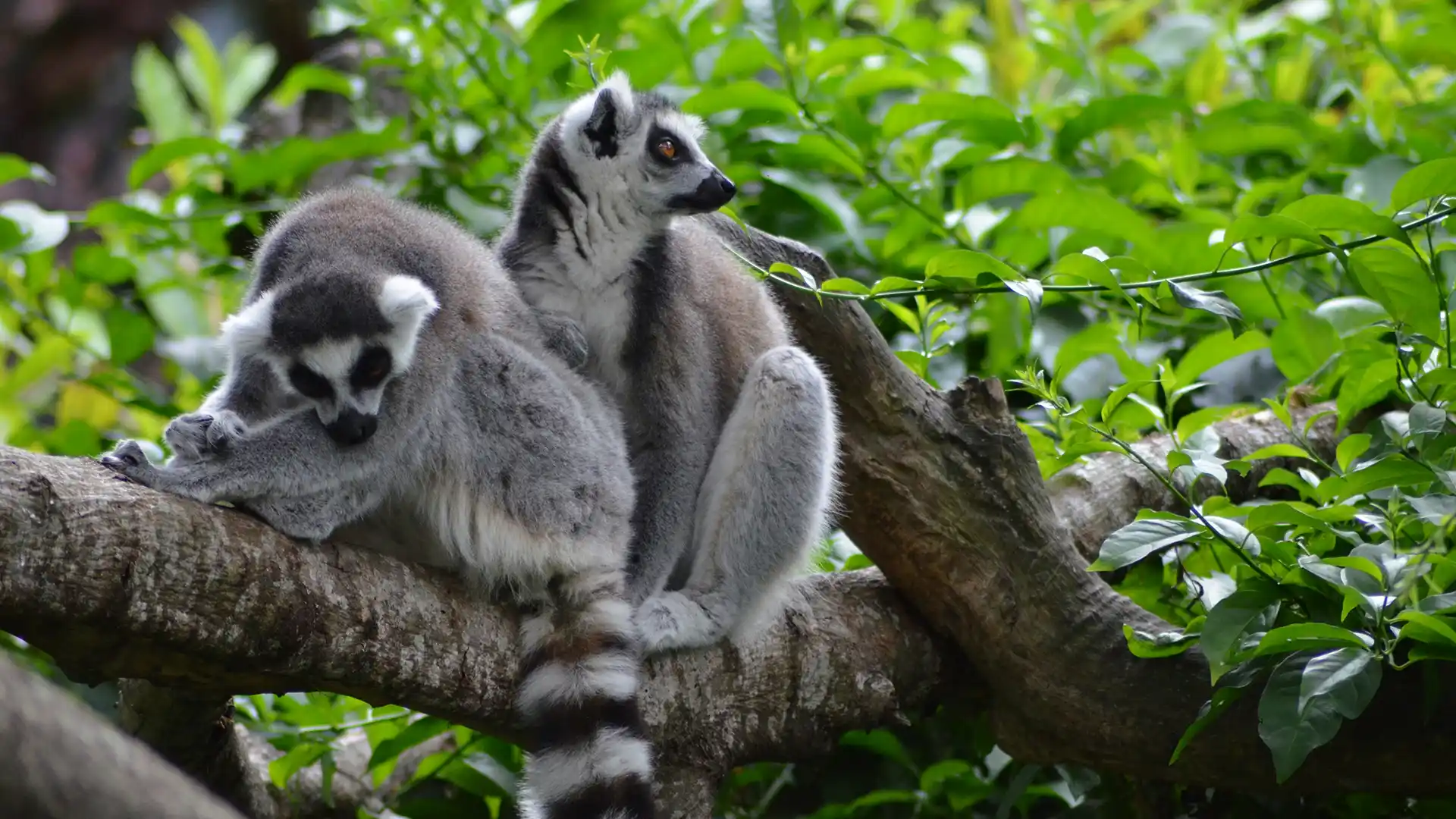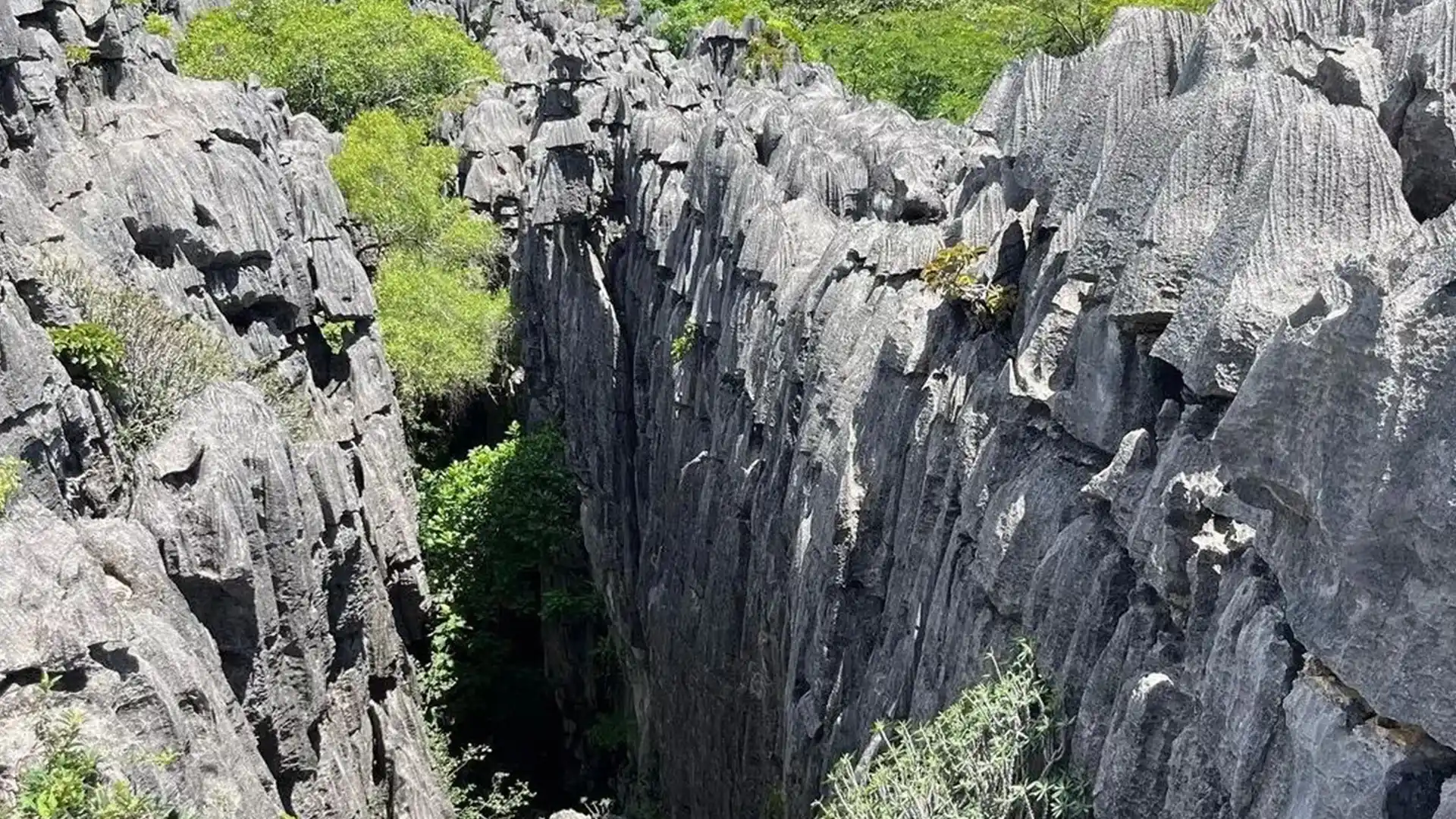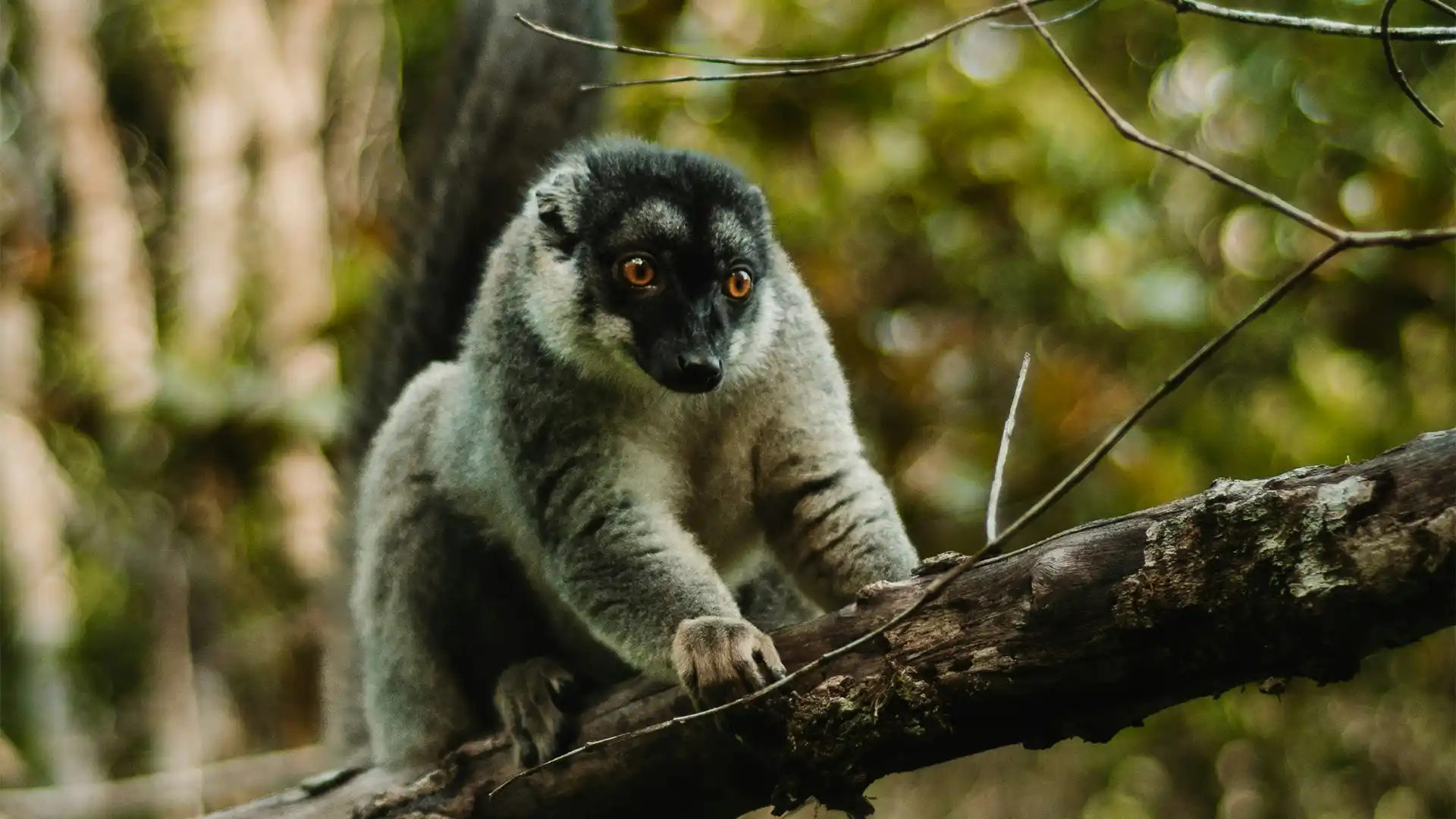Experience Breathtaking Madagascar
Experience Breathtaking Madagascar Madagascar
About Magagascar
Madagascar, located off the southeastern coast of Africa, is renowned for its unique biodiversity and stunning natural landscapes. The island features diverse ecosystems, from lush rainforests and dry spiny forests to pristine beaches and vibrant coral reefs, making it a paradise for nature enthusiasts and adventure seekers. Its rich and distinctive wildlife includes many species found nowhere else on earth, such as lemurs, chameleons, and a remarkable variety of bird species. Madagascar’s culture, influenced by African, Asian, and European settlers, offers a vibrant heritage with historical sites, traditional markets, and local crafts. Whether exploring the towering baobabs of the Avenue of the Baobabs, hiking through the dramatic landscapes of Isalo National Park, or diving into the crystal-clear waters of Nosy Be, Madagascar promises an adventurous, breathtaking, and thrilling experience for every traveler.
Madagascar’s history is marked by the diverse influences of its many settlers and traders. The island was first settled by Austronesian people from Borneo around 2000 BCE, who brought their languages and traditions. Later, Bantu migrants from East Africa joined them, contributing to the island’s cultural diversity.
Early communities on Madagascar developed complex societies with intricate social structures and trade networks extending to Africa, the Middle East, and Asia. By the 7th century, Arab traders had established coastal settlements, introducing Islam and enhancing the island’s cultural and economic life.
In the late 18th century, King Andrianampoinimerina unified the central highlands, founding the Merina Kingdom. His successor, King Radama I, expanded the kingdom and forged alliances with European powers, notably the British, who introduced Western education and Christianity. However, in 1896, Madagascar fell under French colonial rule, which lasted until the country gained independence in 1960.
The initial settlers of Madagascar were Austronesian people from Borneo, who navigated the Indian Ocean using advanced maritime skills. They brought rice cultivation, outrigger canoes, and their language, which evolved into modern Malagasy. By around 1000 CE, Bantu-speaking people from East Africa arrived, bringing ironworking, cattle herding, and farming techniques, further shaping Malagasy traditions and society.
Madagascar eventually succumbed to French colonial ambitions, becoming a French colony in 1896. The colonial period brought significant changes, including the exploitation of natural resources, the establishment of plantation economies, and the introduction of European legal and educational systems. After decades of colonial rule and growing nationalist sentiment, Madagascar gained independence from France on June 26, 1960. The post-independence period has been marked by political instability, economic challenges, and efforts to build a stable and prosperous nation while preserving its unique cultural and natural heritage.
The Second Republic under President Ratsiraka embraced Marxist-Leninist ideals but faced economic decline. The Third Republic, established in 1992, ushered in multi-party democracy and economic reforms. Challenges persisted, leading to a peaceful transition of power in 2002, with President Ravalomanana fostering economic growth.
Political tensions escalated in 2009, resulting in Ravalomanana’s ousting and the establishment of an interim government. A new constitution in 2010 marked the beginning of the Fourth Republic, emphasizing democratic principles. President Rajaonarimampianina’s term focused on economic development and international partnerships.
Geography
Madagascar, the world’s fourth-largest island, is located off the southeastern coast of Africa in the Indian Ocean. Separated from the mainland about 88 million years ago, Madagascar has evolved into a biodiversity hotspot, home to species found nowhere else on Earth. The island spans over 587,000 square kilometers and boasts a diverse landscape. In the east, you’ll find lush, dense tropical rainforests, which are rich in unique flora and fauna. This region is home to the famous rainforests of Andasibe-Mantadia National Park and Ranomafana National Park.
The central highlands feature a mountainous region characterized by terraced rice paddies, rugged terrains, and volcanic formations. The highlands are culturally significant, with the capital city, Antananarivo, located here. In contrast, the western part of the island consists of dry deciduous forests, known for their distinct dry seasons. This area is notable for the iconic Avenue of the Baobabs and the Kirindy Forest. The southern part of the island is covered with spiny forests, a unique ecosystem with spiny plants and endemic wildlife, including the famous ring-tailed lemurs. The northern massifs of Madagascar present dramatic landscapes with limestone karst formations, such as the surreal Tsingy de Bemaraha and the Ankarana Reserve. The coastal regions of Madagascar feature pristine beaches, coral reefs, and idyllic islands, making it a paradise for beach lovers and marine enthusiasts.
Climate
Madagascar’s climate is as diverse as its geography, influenced by the island’s size, elevation, and location. The eastern coastal region experiences a tropical rainforest climate with high humidity and significant rainfall throughout the year. The rainy season runs from December to April, with cyclones occasionally affecting the area. Temperatures in this region are warm year-round, averaging between 23°C to 30°C (73°F to 86°F). The central highlands enjoy a more temperate climate, with cooler temperatures due to the elevation. The rainy season also occurs from November to April, but it is generally less intense than on the coast. Here, temperatures range from 10°C to 25°C (50°F to 77°F), with cooler nights. The western and southern regions have a tropical dry climate, characterized by a hot, dry season from May to October and a wet season from November to April. The western part of the island is typically warmer and drier, with temperatures ranging from 20°C to 35°C (68°F to 95°F).
In Madagascar, the linguistic panorama mirrors the island’s diverse cultural fabric. Officially, Malagasy stands as the recognized language, playing a central role in the country’s linguistic landscape. With a multitude of ethnic groups, Madagascar exhibits an extraordinary multilingual diversity.
Malagasy, the Malagasy people’s native language, is a unifying force across the island. Its prevalence fosters interethnic communication and contributes to a cohesive national identity.
In addition to Malagasy, French holds official status and is used in administrative, educational, and business contexts. This linguistic duality reflects Madagascar’s colonial history and adds a layer of complexity to the island’s communication dynamics.
English has gained prominence, particularly in urban areas and among the younger population. Possessing a functional command of English has become increasingly relevant, contributing to the island’s linguistic richness.
Getting In
Madagascar extends a warm welcome to visitors from various nations, eliminating the need for visas. This encompasses countries like Seychelles, Comoros, Mozambique, and many more, creating a seamless entry experience for an effortless start to your island adventure.
Discovering Madagascar’s Accessible Routes:
By Car: Embarking on the roads of Madagascar unfolds an adventure in itself. Main routes are generally well-traveled, offering a mix of paved and varying conditions. Secondary roads, particularly outside urban areas, may be rustic, providing an off-the-beaten-path experience. Road enthusiasts can readily connect to neighboring destinations – Comoros through Antsiranana, Mozambique via Toliara, and Seychelles through Toamasina. It’s a road-traveler’s paradise!
By Plane: Madagascar Airlines, the island’s pride and a prominent carrier, provides extensive regional and international connections. Soar to destinations like Johannesburg, Nairobi, Paris, Antananarivo, and Mumbai for an unparalleled travel experience, immersing yourself in the global rhythm.
By Bus: Ideal for budget-conscious travelers and those craving scenic vistas, buses offer an affordable and picturesque mode of transportation. Routes cover key towns and attractions, allowing you to soak in the vibrant Malagasy culture along the way.
By Boat: Limited yet delightful options include boat journeys along Madagascar’s turquoise waters. Explore the northern islets like Nosy Be or venture to Île Sainte-Marie for marine encounters. Coastal delights, such as Mahajanga to Nosy Boraha cruises, offer a unique perspective on the island’s beauty.
Getting Around
By Air: Embarking on your Madagascar adventure typically begins with a touchdown at Ivato International Airport in Antananarivo, a bustling nexus linking the world to the soul of this island haven. Maneuvering through the city’s traffic en route to the airport may necessitate allocating at least two hours for a seamless commute. The primary road leading to the airport may encounter intermittent traffic congestion, and security checks require patience.
By Road: Madagascar’s intricate network of roadways invites wanderers to embrace the scenic routes. Opt for reputable bus companies for a comfortable journey, particularly on highways where speeds are regulated. Gear up for a potentially winding and picturesque odyssey through the island’s diverse landscapes.
By Minibus: The vibrant heartbeat of local transport, minibuses, privately operated vans, offer a budget-friendly and nimble way to traverse major towns and rural areas. With varying passenger capacities, minibuses follow established routes, ensuring a swift and efficient expedition.
By Rental Car: Uncover Madagascar at your own rhythm by renting a car from globally recognized agencies in Antananarivo, Morondava, and Toliara. Alternatively, local distributors present cost-effective options, though meticulous scrutiny is essential before securing your vehicle. Document any pre-existing damages to circumvent complications, particularly concerning a “refundable” deposit.
By Boat: Madagascar’s coastal allure provides an alternative journey. Limited yet delightful options encompass boat transfers to neighboring islands or leisurely exploration of the island’s crystalline waters via private charters.
Malagasy Ariary (MGA) As you explore daily life, the Malagasy Ariary becomes your trusted companion. With its distinctive banknotes and coins, it orchestrates seamless transactions, revealing the rhythmic pulse of local exchanges.
US Dollar (USD) Tourist hubs welcome the US Dollar, offering an additional layer of convenience. Whether securing accommodations or indulging in local attractions, keeping a few dollars handy adds a touch of practicality to your journey.
Euro (EUR) In specific venues and international contexts, the Euro may make a cameo. It’s wise to check its acceptance in different areas, as preferences can vary during your travels.
Visa and MasterCard Navigate urban spaces with ease using major credit and debit cards, especially Visa and MasterCard. They effortlessly glide through card readers in hotels, restaurants, and larger businesses. Yet, carrying some cash remains prudent for remote corners where card facilities may be elusive.
General Knowledge Base
General information about Madagascar.
The largest animal found in Madagascar is the Indri, which is a type of lemur and is also considered to be one of the most endangered primates in the world.
The traditional dish of Madagascar is called Romazava, which is a beef or chicken stew cooked in a variety of green leafy vegetables.
The currency of Madagascar is the Malagasy Ariary (MGA).
The most popular sport in Madagascar is rugby.
Madagascar is the world’s second-largest island after Greenland.
The unique animal that is endemic to Madagascar is the fossa, which is a carnivorous mammal that is related to the mongoose.
The largest carnivorous plant found in Madagascar is the Nepenthes madagascariensis, which can grow up to 1.5 meters (5 feet) tall.
The famous tourist attraction in Madagascar is the Avenue of the Baobabs, which is a group of baobab trees that line a dirt road in western Madagascar.

